Google has officially raised the bar at I/O 2023 with the ground-breaking release of PaLM 2. The buzz around this language model is undeniable, as it has already been integrated into Google Bard and promises to change the game when it comes to language processing. With all the features of its predecessor and some impressive new additions, PaLM 2 is poised to revolutionize the way we use language in tech. Don't miss out on this powerful tool that's sure to take language processing to the next level!
If you're wondering about Google's PaLM 2 model and what it promises, let's explore it together.
TL;DR
- Google's PaLM 2 is a next-gen large language model unveiled at the 2023 Google I/O conference.
- Language models are AI programs which understand and generate spoken language by analysing the relationship between words.
- Google's PaLM 2 language model promises high performance in reasoning, multilingualism, code generation and translation tasks.
- The PaLM 2 language model is an ambitious reasoning tool developed by Google, with 540 billion parameters
- PaLM 2 and GPT-4 are two of the most advanced language models developed by OpenAI and Google respectively.
- TextCortex offers its users a high-quality AI assistant experience as it works with its own language models in addition to GPT models.
What are Language Models?
Before we examine Google's PaLM 2 language model, we need to know what language models are and what they do. A language model is an artificial intelligence program that is trained to understand spoken languages. Language models must be developed using large-scale textual source materials, such as books, articles, and websites. Thus, the language model identifies and understands the patterns and relationships between words.
How Language Models Work?
Language models understand spoken languages using the text data from which they are trained and generate output using them. While the human brain connects words with emotions and thoughts, language models analyse the relationship and pattern between words and combine the words with the highest probability to form sentences and paragraphs.

Language models require a substantial amount of textual data and parameters to establish this connection. In modern technology, techniques such as machine learning and deep learning are utilized when constructing language models. With these techniques, language models have acquired the capacity to generate output similar to that of humans.
What do Language Models Do?
Since language models are trained with textual data, they are used to generate textual output. For example, the effectiveness and efficiency of chatbots and writing assistants heavily rely on the use of powerful and well-trained language models. The more a language model is trained and has parameters, the more accurate and high-quality the output it can generate.

Language models can also be used to improve the quality of search engines. Since language models are trained with website data, they can be used for the intent behind a user's search query. Thus, the efficiency and satisfaction of users from the search engine will increase. It is also possible to translate between spoken languages using language models.
Why are Language Models Important?
Since language models are trained using cumulative data, it makes users' search engine, text generation and chatbot experience better. Thus, users can spend less time during research and access the information they are looking for in a shorter time. In addition, with AI tools using language models, it is possible to automate repetitive tasks and complete text-based tasks such as email creation, essay writing and blog post generating with high-quality.
Language models strengthen the communication between machines and humans. Thanks to natural language processing, AI tools can understand users' prompts and generate related and high-quality output. The better an AI tool can understand the user's prompt, the more accurate and high-quality output it will provide to the user.
What is Google’s PaLM 2?
PaLM (Pathway Language Model) 2 is a next generation large language model developed by Google and announced at the introduction part of the 2023 Google I/O conference. It has higher performance because it is trained with more data and has more parameters than its predecessor, PaLM. Also, Google positions PaLM 2 as a better alternative to GPT-4.
Multilingualism
Based on the data we have, PaLM 2 is trained with 100+ languages' books, poems, riddles, websites, idioms, proverbs, and text data. In other words, Google's PaLM 2 has a deep understanding and output-generating capacity in more than 100 languages. According to Google's technical report, the PaLM 2 language model is more successful in multilingualism than its predecessor.
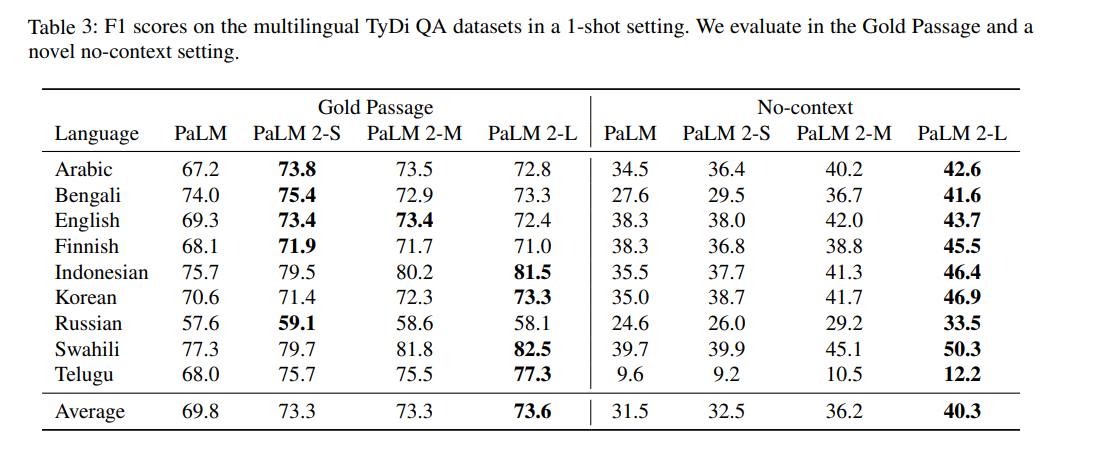
Code Generation
PaLM 2, Google's next generation large language model, was trained not only in spoken languages but also in programming languages. The PaLM 2 language model is trained in popular 20+ programming languages such as Python, R, C++, C#, Rust, JavaScript, TypeScript, and PHP. Also, the PaLM 2 model can translate between programming languages. If you want to translate your existing Python code to C#, you can use the PaLM 2 model.
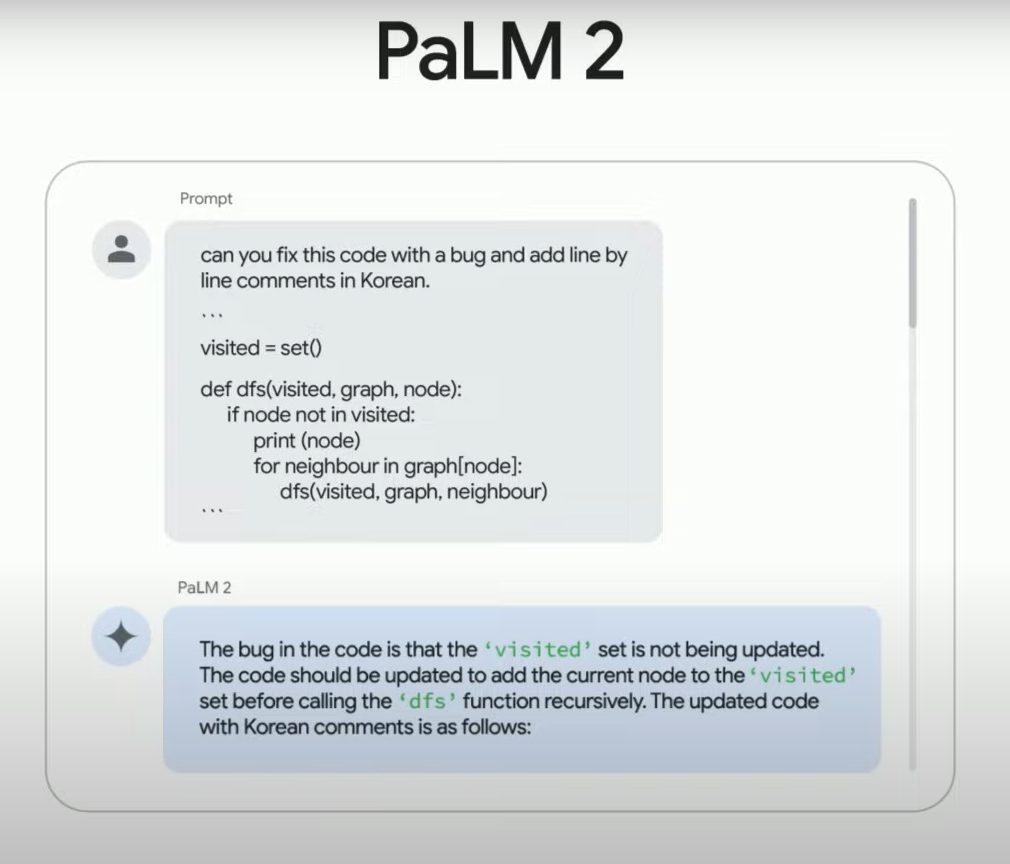
Reasoning
One of the areas where PaLM 2 is ambitious is reasoning. Reasoning refers to the capacity of language models to make logical inferences by combining multiple pieces of information while generating output. This capability enables language models to prompt understanding and generates high-quality output. According to Google's data, the PaLM 2 model achieved higher scores than its predecessor and competitors in reasoning tests such as WinoGrande, ARC-C and DROP.
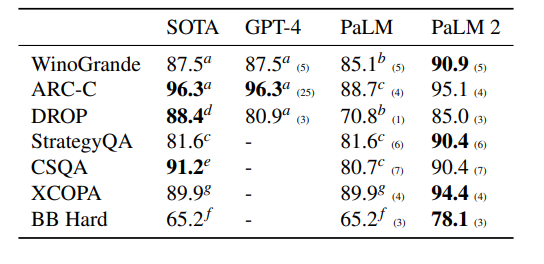
What’s New in PaLM 2?
The PaLM 2 language model is more powerful than its predecessor, PaLM. It can generate higher quality and more consistent output in areas such as reasoning, coding, translation, multilingualism, and natural language generation.
Parameters
Among the most impressive innovations of PaLM 2 is its 540 billion parameters. The more parameters a language model has, the higher the quality of output it can generate, as they are used as decisive constraints during output generation. With its 540 billion parameters, PaLM 2 has great potential to generate high-quality, creative, and consistent output.
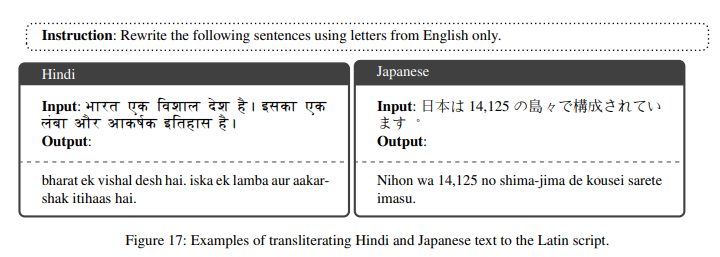
PaLM 2 Features
PaLM 2 has great potential for text and code generation due to the number of parameters and trained data it has. With its features, PaLM 2 can understand the complex structures of natural language and generate accurate text that is both coherent and grammatically correct. Additionally, PaLM 2 offers its users a translation feature between spoken languages.
Since the PaLM 2 language model is trained with 20+ popular programming languages, it can generate coding output according to the user's prompts. Additionally, PaLM 2 offers its users a translation feature between programming languages.

PaLM 2 vs GPT-4
Two of the biggest players in the development of large language models are OpenAI and Google. OpenAI has recently announced its upcoming GPT-4 model, while Google has unveiled their latest model, PaLM 2. These models can be compared in various aspects such as size, data, capability, and usage. By analysing these factors, we can gain a better understanding of how these language models stack up against one another in the race to develop the most advanced natural language processing technology.
PaLM 2 language model has been trained on websites, books, articles, poems, and riddles across over 100 languages. In comparison to this, GPT-4 language model is trained on a much larger set of data which includes 825 TB of textual data sourced from Reddit, GitHub, Wikipedia, and various other sources. While the GPT-4 model covers a wider range of text sources, PaLM 2 opts for a more cautious approach by avoiding texts that contain hate speech or misinformation.
TextCortex: The AI Assistant of Your Dreams
If you're looking for an AI assistant that doesn't just depend on the GPT-4 and PaLM 2 language models, then TextCortex is designed for you. TextCortex is an AI assistant that uses its own language models in addition to GPT-4. In other words, in addition to powerful language models, we also have our own language models that we train and develop every day.
TextCortex is an AI assistant that aims to improve users' writing quality and internet adventure. TextCortex is available as a web application and browser extension. It is integrated with 4000+ websites and applications. Thus, you can continue to use TextCortex no matter which webpage you are on.
TextCortex comes with the most powerful conversational AI called ZenoChat. ZenoChat uses the Sophos language model in addition to GPT-4, enabling it to understand users' prompts and generate high-quality, human-like outputs. Furthermore, because ZenoChat has conversational memory, it gets better at responding to users' questions with each conversation.
ZenoChat is suitable to be used for different purposes with its customizable persona and dataset. If you need an AI assistant for programming languages, you can connect ZenoChat with your GitHub data. Are you excited about having a Personal AI assistant? Install our browser extension today and get ready to experience a smarter, more efficient browsing experience on over 4000 websites.

.png)
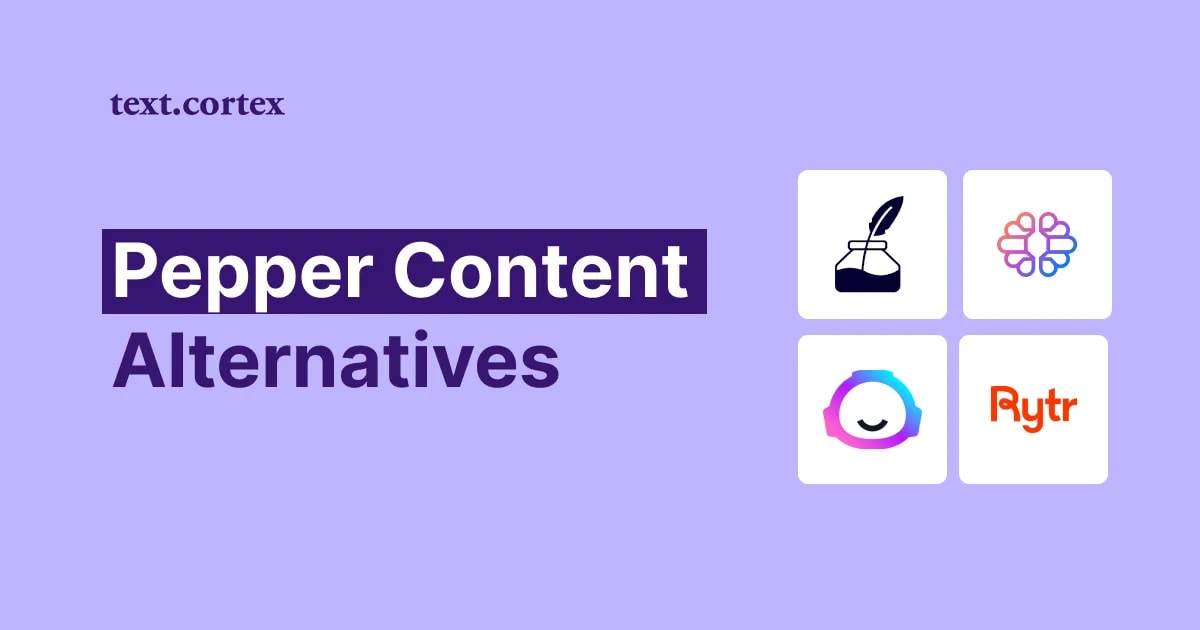

%20(51).png)
%20(50).png)